Here’s everything about constant charging damaging your laptop battery:
In the vast majority of cases, constantly charging your laptop does not harm the battery.
In fact, more often than not, this practice actually extends the battery’s lifespan for the laptop, and it can help boost laptop performance.
The only major concern is heat buildup, so make sure your laptop has good airflow.
So if you want to learn all about how constantly charging your laptop affects its battery, then this article is for you.
Let’s jump right in!
- Why Does My Charger Keep Going On and Off? 6 Troubleshooting Tips
- Laptop Charging Only to 80 Percent: Why?
- Frequently Charging Laptop: Damages Battery?
- Laptop Charger: Lower or Higher Wattage Bad?
- Using Laptop While Charging: Bad?
- Leaving Laptop Plugged in Overnight: Bad?
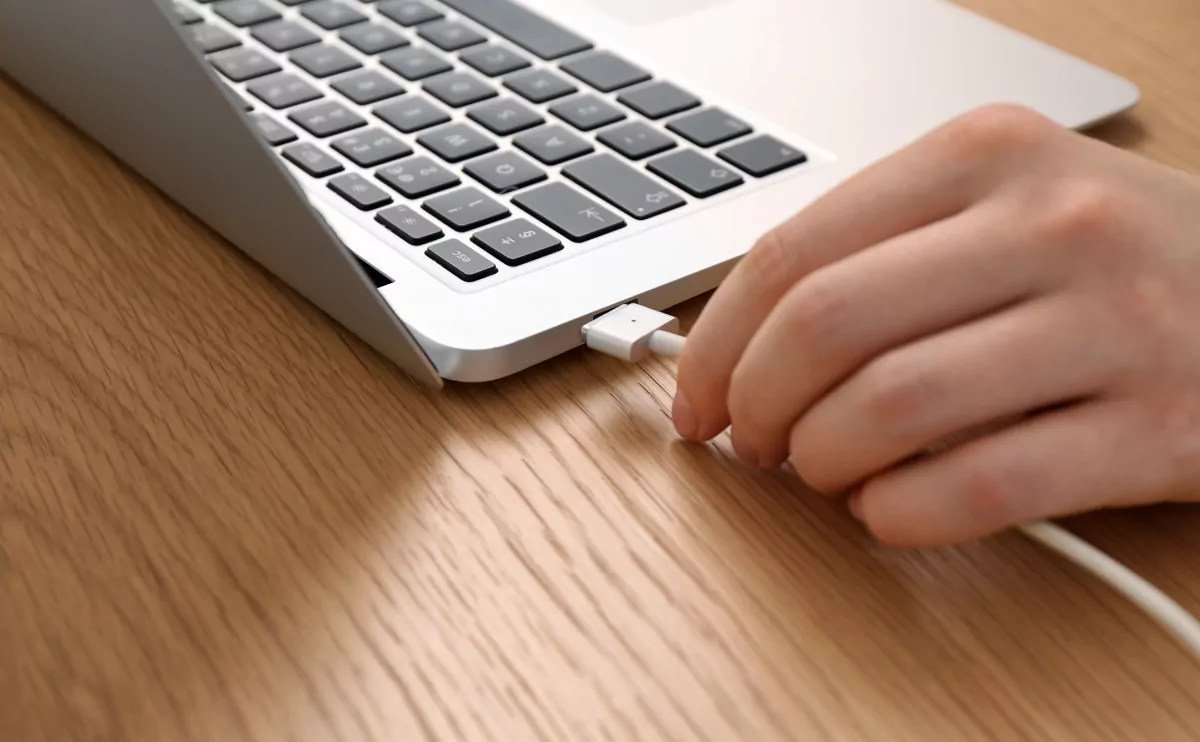
What Are Ways that Constant Laptop Charging Creates Problems? (4 Aspects)

Saying that constantly charging a laptop battery doesn’t damage it is an oversimplification.
The truth is that laptops and their batteries constitute a complicated system, and there are a few different angles that need to be viewed.
When you have a better understanding of the different aspects of this interaction, it all makes sense.
In order to simplify these explanations, we can look at a specific instance and analyze it.
Let’s assume that you are using your laptop in a desktop setup.
It stays in the same place, so when you charge it “constantly,” it means that the laptop is never unplugged.
Whether it is left on or off, it is plugged in and on that same desk.
Obviously, this is only one way to use a laptop, but it’s an extreme case of charging use, so we can use this example to take a look at how it all impacts the laptop and the battery.
#1 Understanding Battery Life
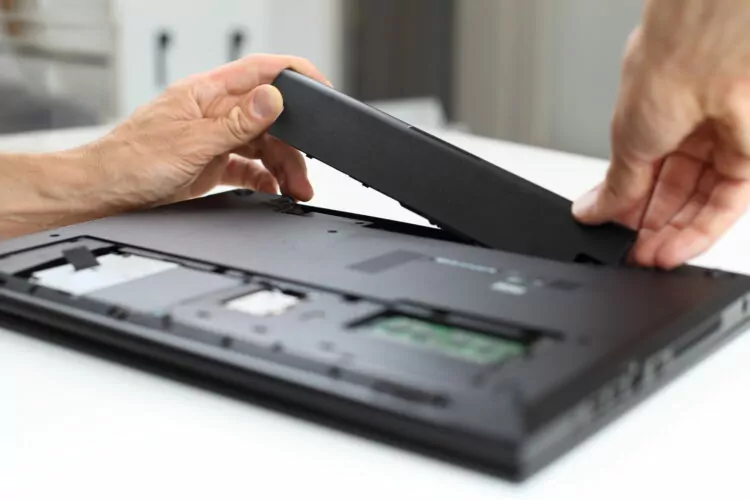
The first thing you need to know about laptops is that they almost all use lithium-ion or lithium-polymer batteries.
Older laptops used different kinds of batteries, and the best-use rules for older batteries were very different.
With lithium batteries, good charging behavior is simplified (the best-use rules are the same for lithium-ion and lithium-polymer batteries).
For starters, you cannot overcharge these batteries.
That was an issue with older battery types, but lithium batteries will stop drawing power when they are fully charged.
Since they don’t overcharge, leaving the laptop plugged in isn’t a problem like it used to be in the past.
Instead, what matters most with lithium batteries is the cycle count.
A lithium battery can only be recharged a set number of times before it loses functionality.
For laptops, that number is going to average around 500 recharges.
Once you’ve recharged the battery more than that, it won’t be able to hold as much charge, and the battery life declines rapidly.
Now, this might make it seem like constantly charging the battery is really bad.
You’re burning through those limited charges pretty quickly, right?
Well, it’s not quite that simple.
#2 Battery and Charger Relationship
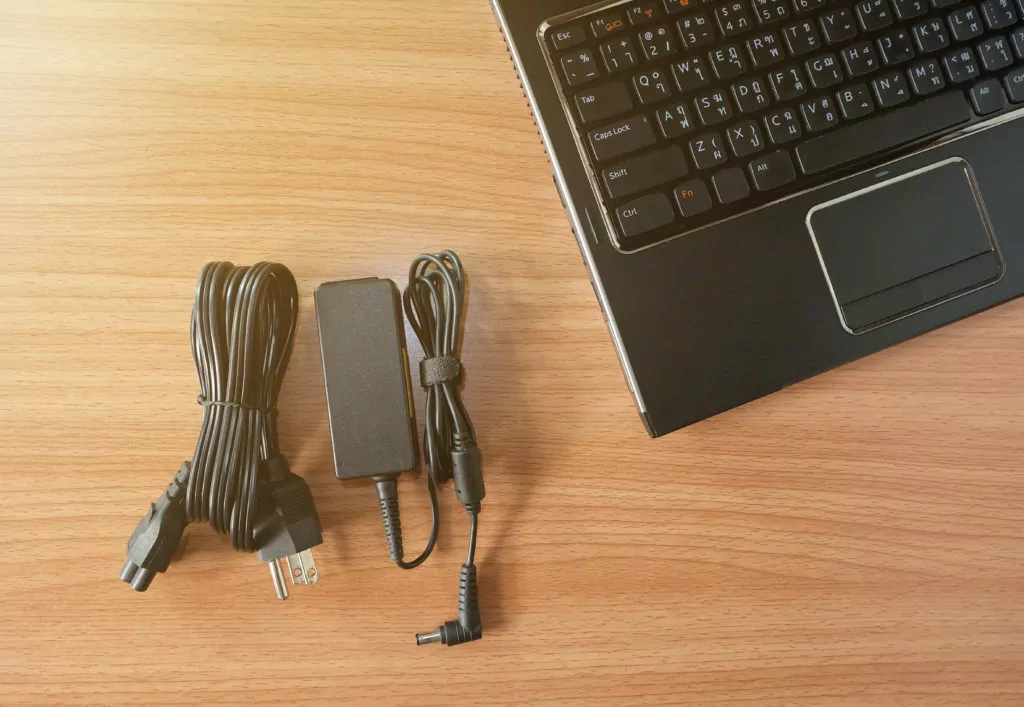
When the laptop charger is plugged in, the laptop actually pulls the power it needs to run directly off of the charger.
It doesn’t have to pass through the battery first before going to the laptop.
Think about it this way.
If you run the battery to the point where the laptop dies, you can plug in the computer and use it right away.
You don’t have to wait for the battery to charge up first.
This is because the charger is powerful enough to run the computer and charge the battery at the same time.
More importantly, the circuitry allows for that.
Ultimately, it means that even if your battery is fully charged, the computer is running off of the charger in our example.
So, you aren’t rapidly draining and refilling the battery.
You are not killing the battery with this function.
The primary concern you might have had is a non-issue, but there are still two issues of concern: trickle charge and heat management.
#3 Trickle Charge and Its Impacts
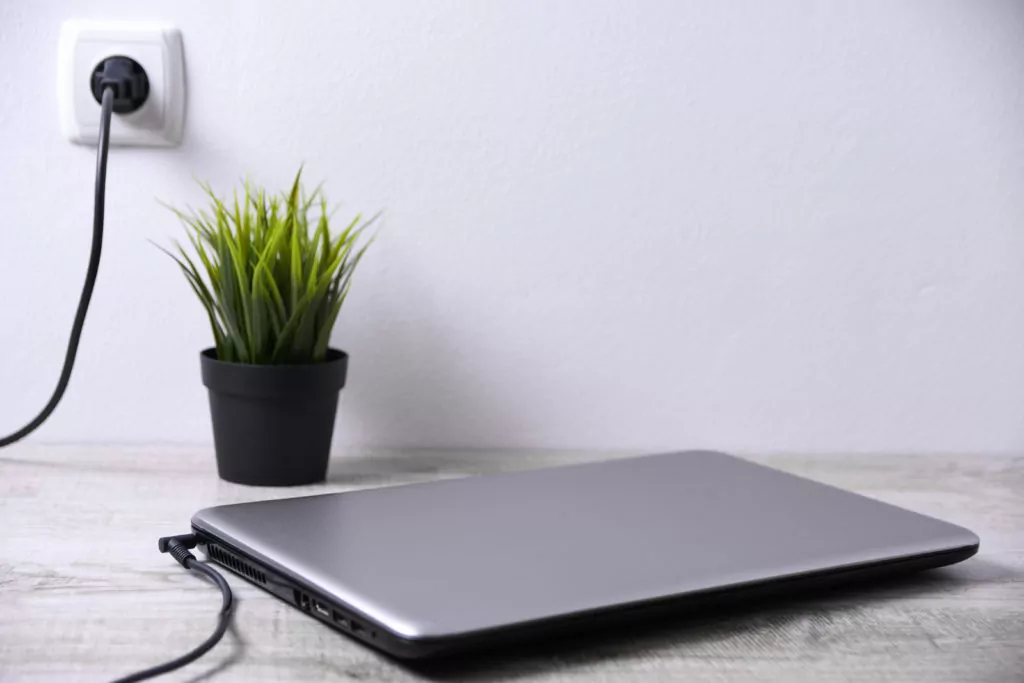
Let’s talk about trickle charge first.
This is a term that describes how electric systems tend to leak out a little bit of electricity over time.
You may have heard that when you leave your TV plugged in, it’s using electricity even while it’s turned off.
This is because of trickle charge.
Some of the components in the TV can consume small amounts of electricity as long as it is plugged in.
This concept applies to your laptop too.
Even if the laptop is off, it can consume a little bit of electricity, and that power consumption does cause the battery to very slowly lose charge.
It also means that as long as the laptop is plugged in, the battery is slowly being recharged, and you are hurting that cycle count.
Here’s the thing, though.
That recharge is very slow.
On average, you’re going to go through less than one full charge cycle every week with this setup (and possibly slower than that).
It’s not a big deal.
On top of that, your battery will lose power to trickle charge even if the laptop isn’t plugged in.
The laptop is still an electric system, and it can still create a trickle charge off of the battery.
So, really, your battery drains at the same rate whether it is plugged in or not.
The only major difference here is that the battery is immediately recharged, so it’s harder to keep track of the cycle count.
#4 Heat Buildup and Dissipation

So far, the major reasons not to leave your laptop on the charger have been debunked.
This one takes a different turn.
To keep it simple, too much heat is bad for a battery (and potentially the whole laptop).
For most batteries, you want to keep the ambient temperature below 95℉ (35℃).
Normally, this isn’t much of a problem, but your computer setup can be an issue.
If your computer is in a corner with poor ventilation, it’s possible to accrue heat over time that doesn’t cool off easily.
As you use the computer, the ambient temperature goes up, and it can get to a point that is bad for the laptop battery.
Even if you stop using the computer, the charger is still plugged in, and it is still generating heat.
If the ventilation is poor enough, this can sustain temperatures that are bad for the battery.
As long as you have good airflow around the computer, this won’t be an issue, but it’s worth considering in order to avoid the problem.
How Does Frequently Charging Your Laptop Affect Its Battery?

Okay. By now you know that constant charging is just fine for your laptop battery.
What about frequent charging, though?
Usually, frequently charging your laptop will not damage the battery or cause any major problems that you need to know about.
Frequent charging does have a set of pros and cons, but when it comes to the battery, frequent charging often extends the battery’s lifespan.
For the most part, you can charge whenever you want.
Learn all about how frequent charging affects your laptop battery with this in-depth article.
Why Is Constantly Charging Your Laptop Potentially Good?
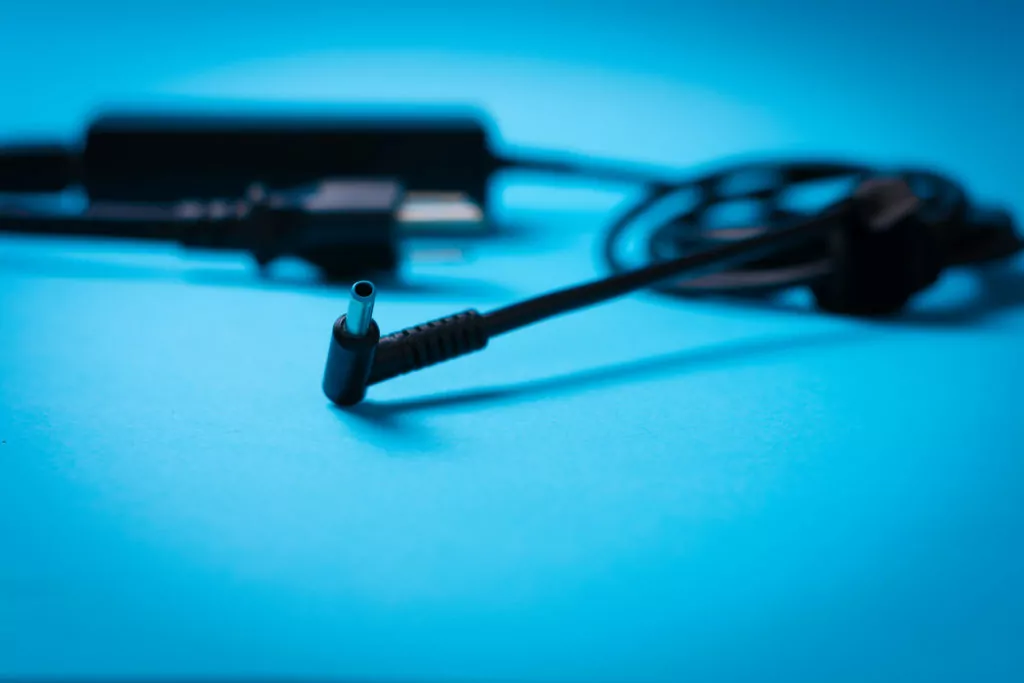
The overall risks of constant charging seem pretty minimal.
What about the pros?
Is constant charging good for a laptop?
In some ways, yes.
While constant charging comes with the loss of convenience (since you’re always attached to a wall), it does help promote a healthy laptop battery.
When you consider the pros, you might start charging your laptop more often.
Reduced Battery Strain
As you have already seen, constant charging doesn’t really hurt the battery.
But, it goes beyond that.
Constant charging can reduce battery strain in two ways.
First, when you use your computer, it consumes electricity, and more intensive computer functions consume more electricity.
If you push your computer to the limit, it could drain the battery pretty fast, and fast-draining like that is hard on the battery.
It won’t kill the battery right away, but it shortens the total lifespan.
When the computer is plugged in, the battery isn’t draining, and this strain doesn’t happen.
A second source of strain occurs when the battery is fully depleted.
When your battery runs out of juice, the computer shuts itself off.
This is a safety mechanism that is designed to protect your data.
It also protects the battery.
If a lithium battery falls all the way to a genuine 0% charge, it is heavily damaged.
In most cases, the battery will never properly recharge again (unless special steps are taken to repair the battery).
In fact, recharging a battery from this state can be dangerous.
The computer shuts itself off when the battery still has enough charge that it’s nowhere near this dangerous state.
So, that’s not really a problem, unless you leave the computer uncharged for a long time after draining the battery.
Since the battery still bleeds off charge when the computer is off, after enough time, it will hit 0% charge, and that ruins the battery.
A laptop that is always plugged in never has this problem.
What Is the Right Way to Constantly Charge a Laptop? (2 Things)

Constant charging isn’t really a problem unless you get too much heat.
That makes things easy, right?
Well, you can plug in your laptop and leave it, and that’s fine, but there are a few things that can help you optimize battery life and computer health.
#1 Remove the Battery
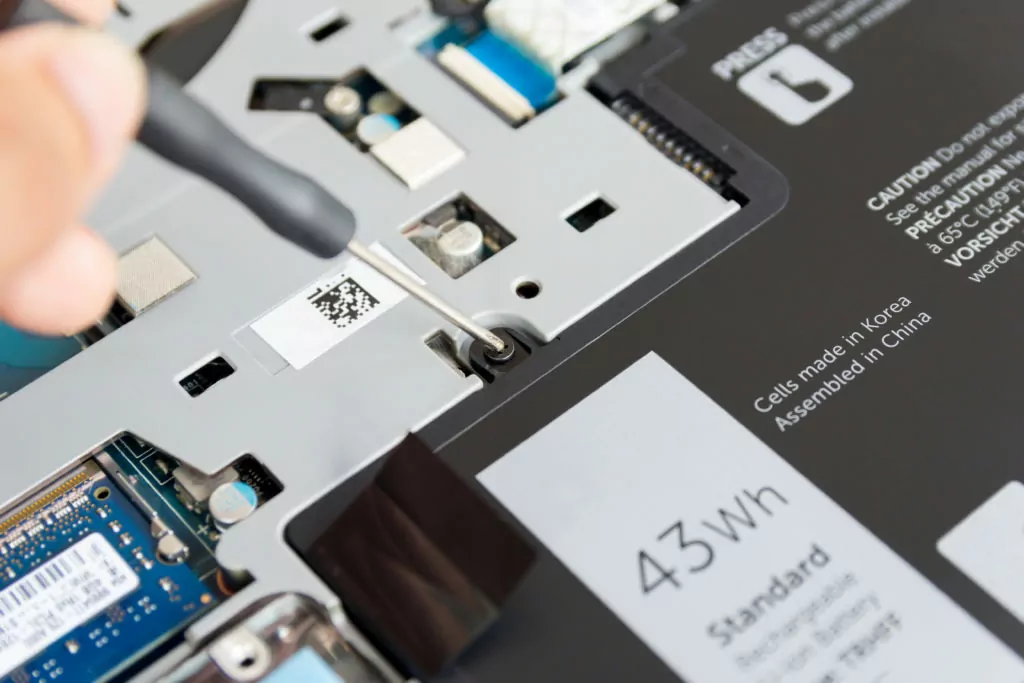
So, the only real problem with constant charging is trickle charge, but that happens if you unplug the laptop too.
Can you do anything about this?
Well, you can remove the battery from the laptop (depending on the design of the laptop).
If you do that, there is no trickle charge, and the battery will last even longer.
Now, a battery will still lose charge over time, even when it isn’t plugged into anything.
But, this discharge happens considerably slower than your average trickle charge.
So, if you want to pop the battery, there are two things to know.
First, try to get the battery to about a 50% charge before you remove it.
This minimizes any strain on the battery while it is stored.
Second, check in on the battery every few months.
Since it will slowly bleed charge, you want to bring it back up to 50% every once in a while.
For most batteries, you’ll only need to check in about once every three months.
But, each battery is different, so pay attention.
If it’s draining a little faster than expected, then check in on it every month instead.
If you do this, your battery will last much longer than average, and if you ever do take your laptop away from its desk, you’ll have a good battery to power it.
#2 Don’t Forget to Turn Off the Computer
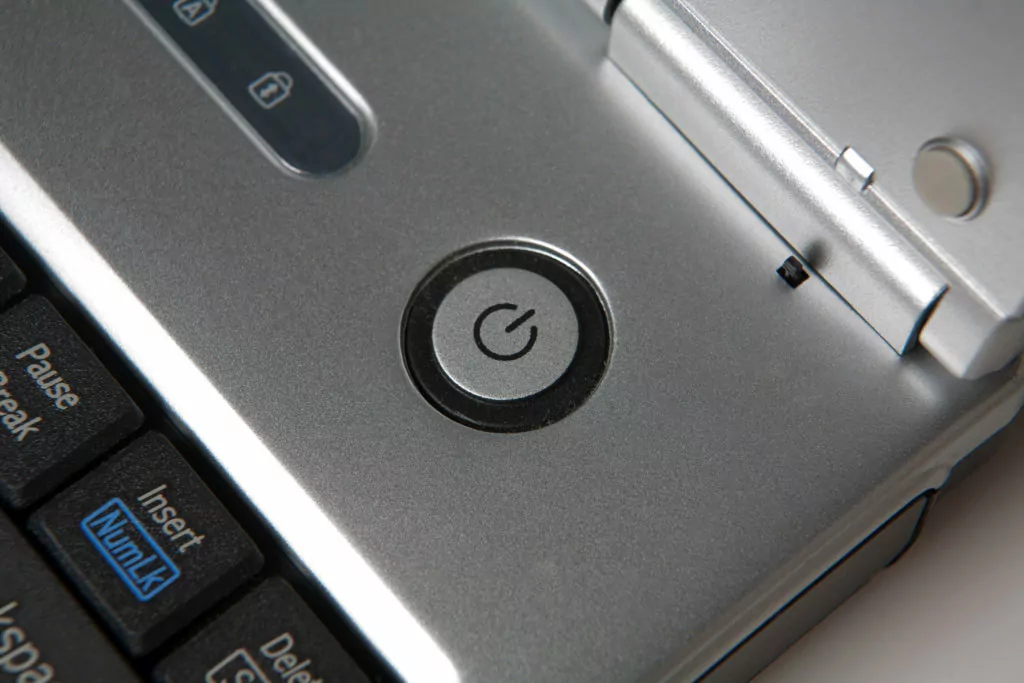
Even if the battery is removed from the laptop, you should still turn the laptop off every now and then.
This isn’t about battery health at all, but restarting the computer now and then is good for the laptop.
On average, you want to power cycle a computer at least once a week.
This allows the device to do some internal maintenance that keeps everything running better.
Constantly Charging Your Phone Damages the Battery?
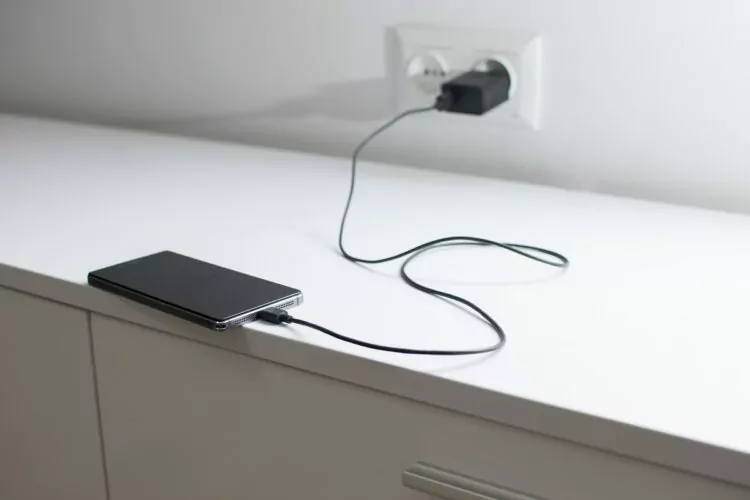
What about your phone?
Is constantly charging your phone battery harmful?
For the most part, constantly charging a phone does not damage the battery.
Most manufacturers suggest that you can charge the phone however you like, and it will be just fine.
In fact, constant charging can extend your battery’s life in many cases.
The only real concern is avoiding charging in high temperatures.
Learn all about how constant charging affects your phone’s battery here.

